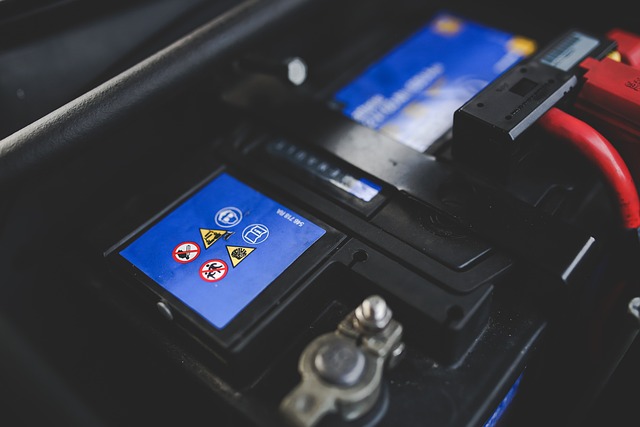Comparing the Different Materials Used in Automotive Battery Terminals
12th May 2023

What type of battery terminals does your vehicle use? All cars, trucks, SUVs and other vehicles have battery terminals. Consisting of a pair of conductive contacts, they are used to connect battery cables to the vehicle's battery. Automotive batteries feature a positive post and a neutral post. You can connect the positive cable to the positive post and the negative cable to the negative post via the terminals.
Lead
The single most common material from which automotive battery terminals are made is lead. Lead is a naturally occurring metal with the atomic number 82. It's highly conductive, making it ideal for electrical applications like battery terminals.
All battery terminals are made of a highly conductive material. Conductivity is a measurement of how easily electricity can flow through an object. Highly conductive objects allow electricity to travel through them with little or no resistance. Lead is prized for its conductive properties, which is why it's used in the construction of so many battery terminals. Specifications for both the Japanese Industrial Standards (JIS) and the Society of Automotive Engineers (SAE) support the use of lead battery terminals.
Brass
Some vehicles use brass battery terminals. Brass battery terminals are identified by their color. They feature a dull brass color that distinguishes them from all other battery terminals.
Brass battery terminals are conductive as well. When compared to lead battery terminals, though, they create slightly more resistance to electricity. On the other hand, brass battery terminals are stronger than their lead counterparts, and they offer greater protection against corrosion.
Zinc
There are zinc battery terminals available. Zinc, of course, is a chemical element with the atomic number 30. It features a grayish color and offers excellent resistance to corrosion.
Zinc battery terminals typically aren't made entirely of zinc. Instead, they feature a steel core that's coated in zinc. They are essentially zinc plated. Even with just a thin layer of zinc, the battery terminals will be better protected against corrosion. The layer or zinc plating shields the battery terminals from moisture and humidity.
In Conclusion
If you're looking to replace your vehicle's battery terminals, you should choose the right material. There are different materials used in the construction of automotive battery terminals. Some of them are made of lead, whereas other automotive battery terminals are made of brass, zinc and/or steel. They are all conductive, but their properties vary, with some materials offering greater protection against corrosion than others.

